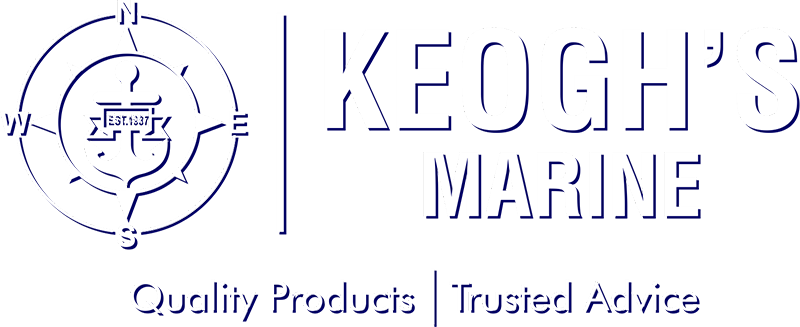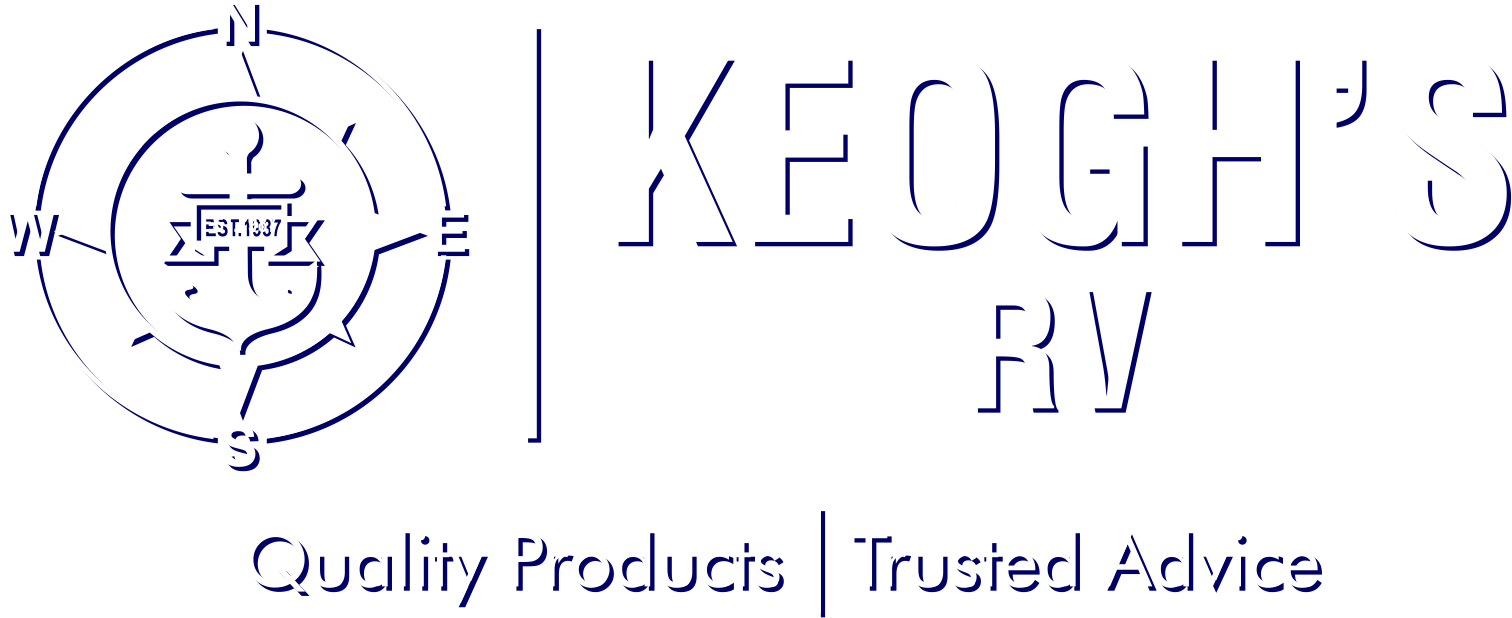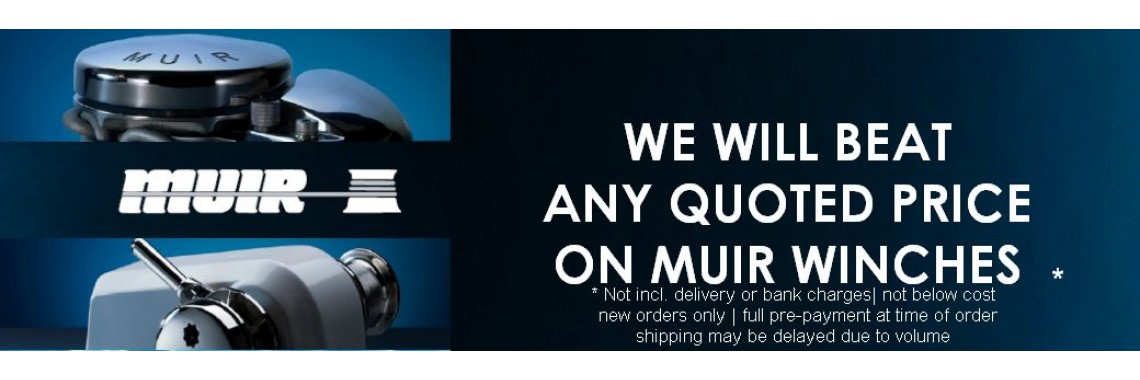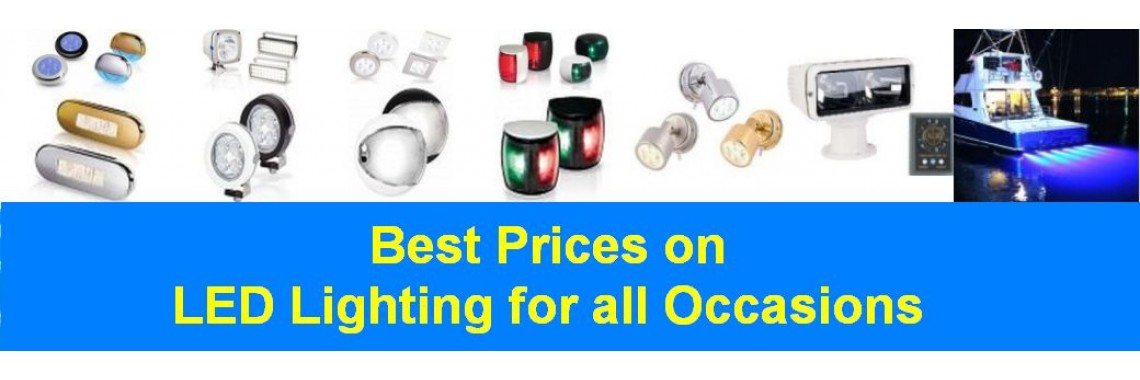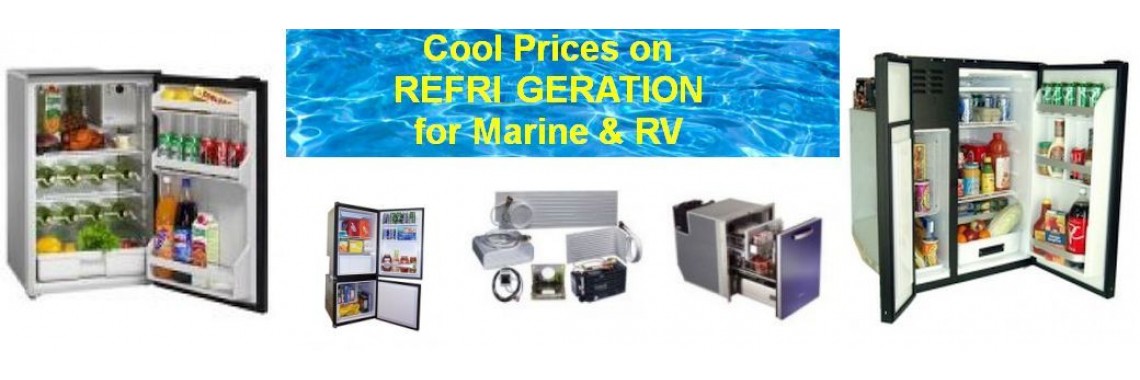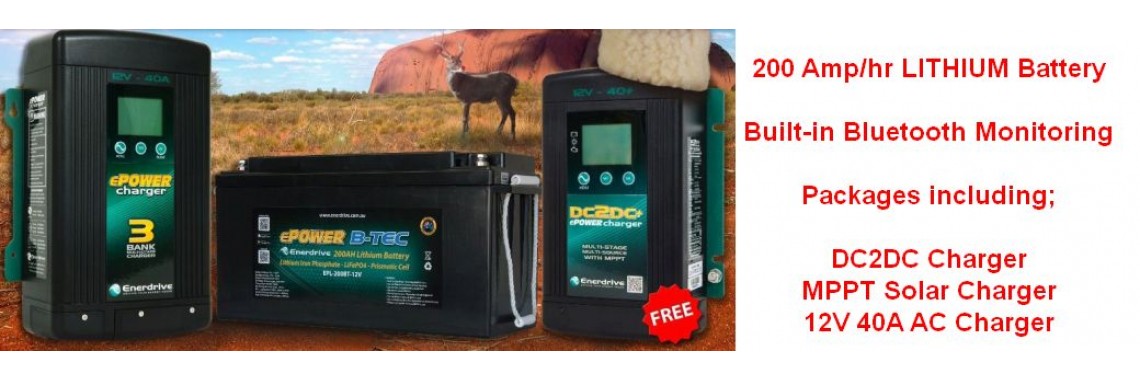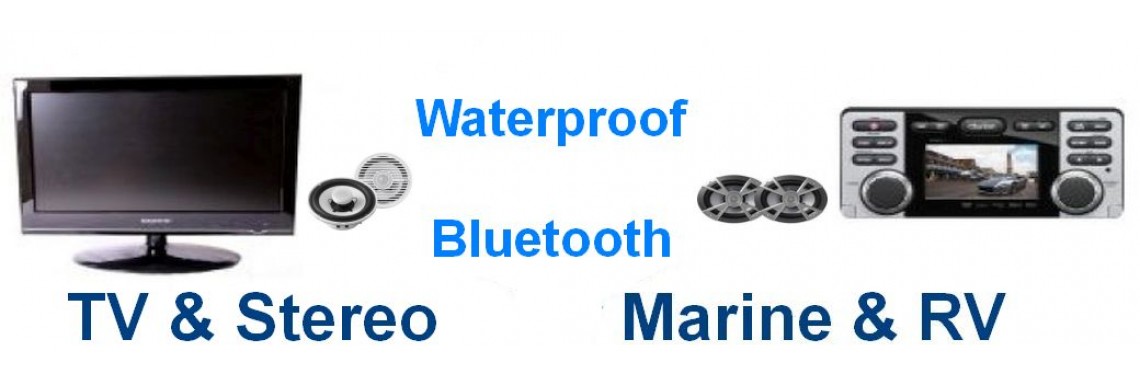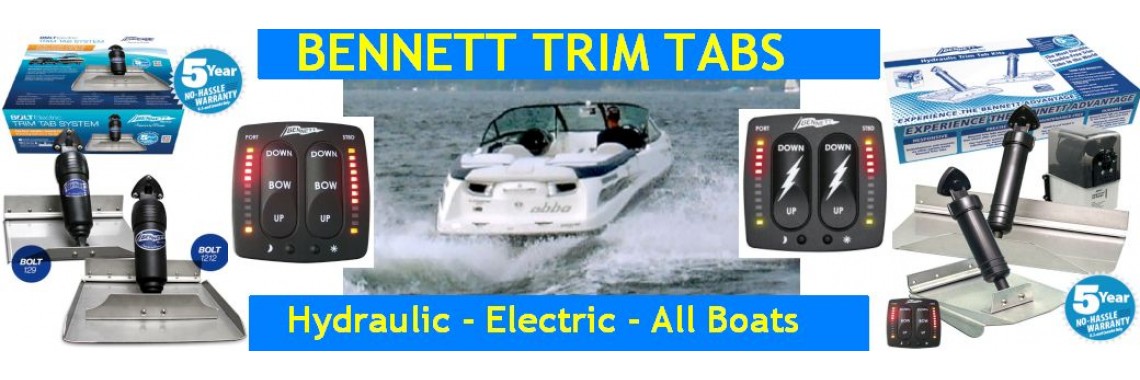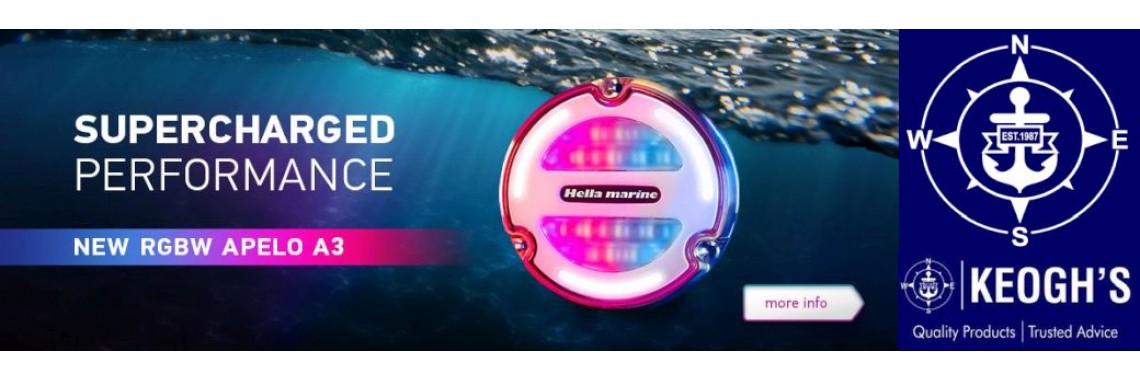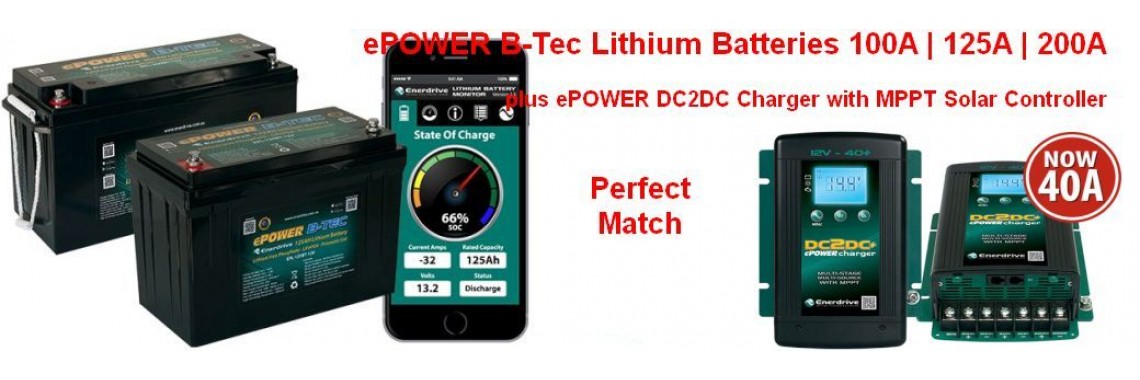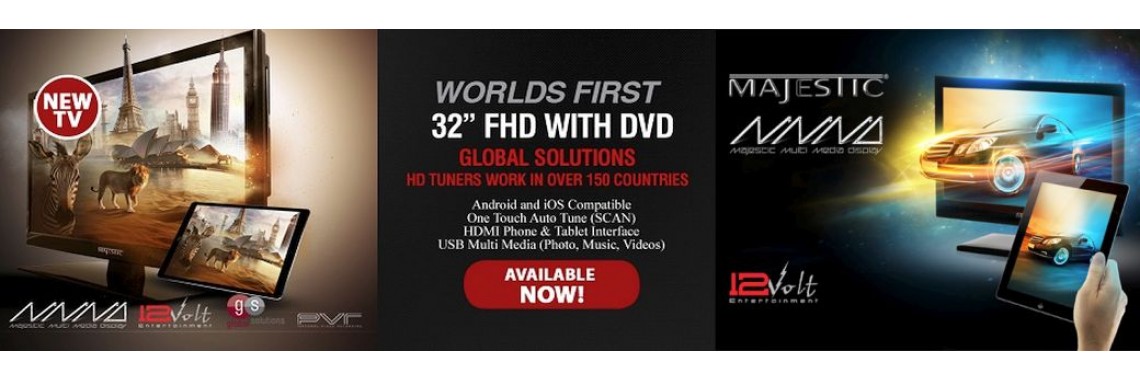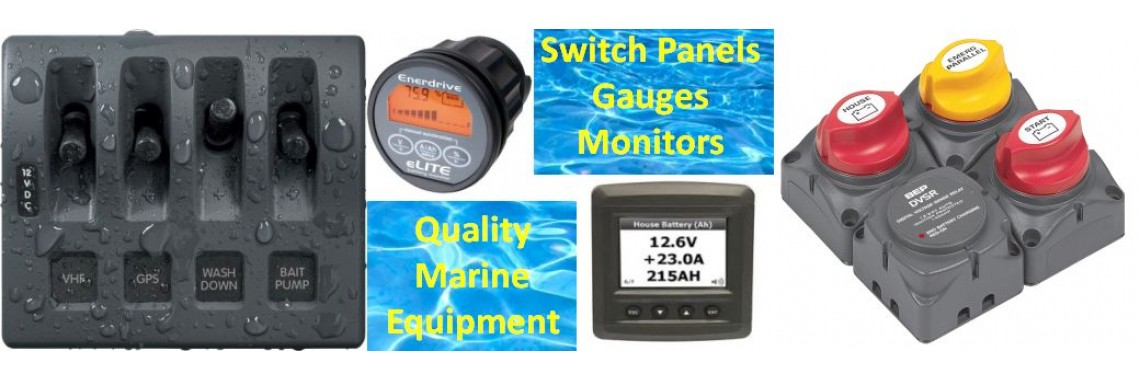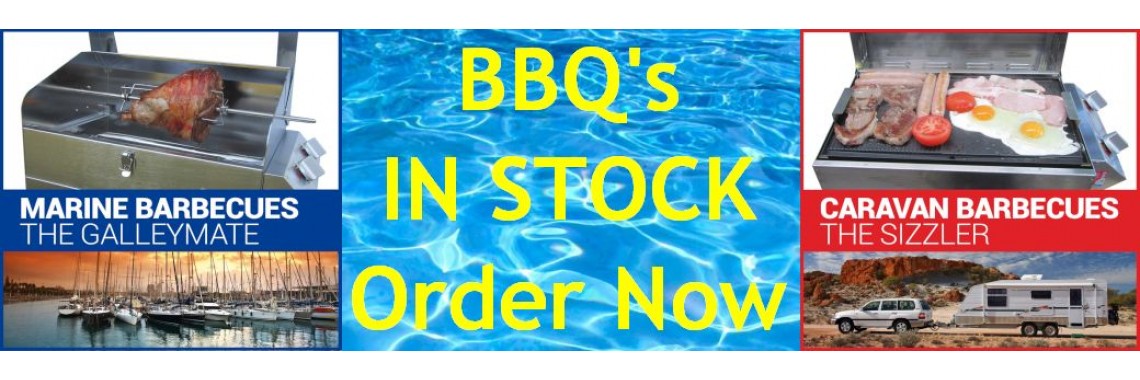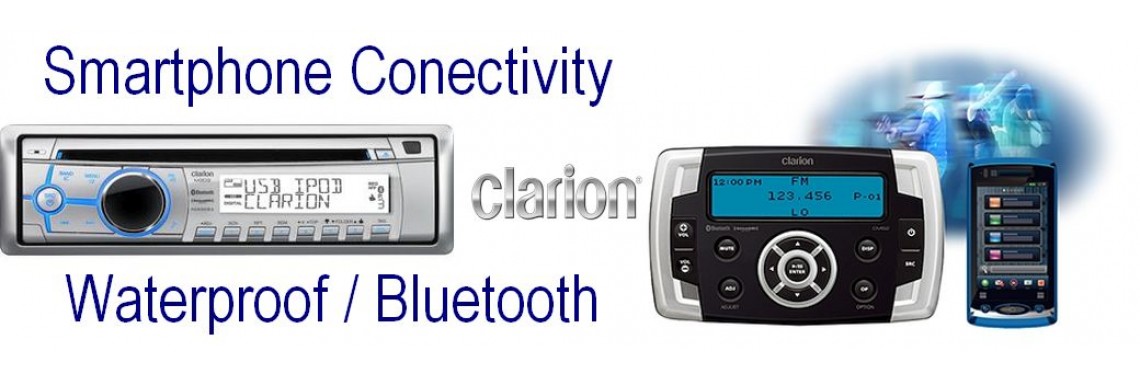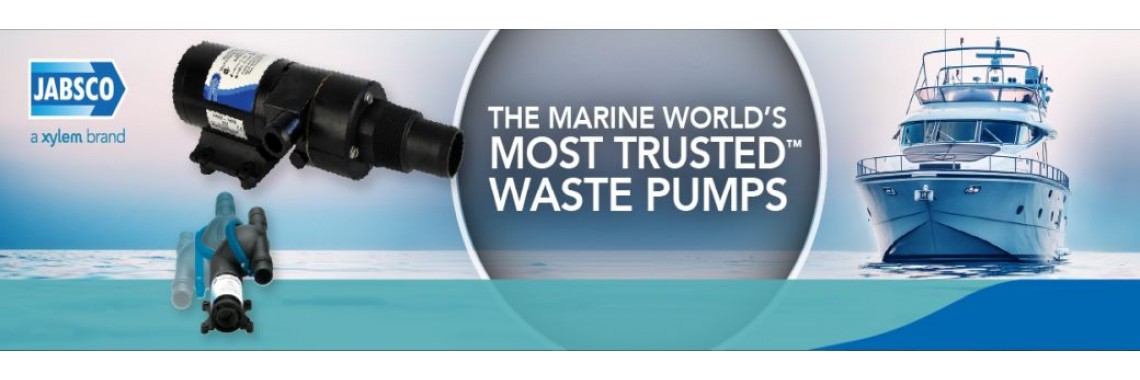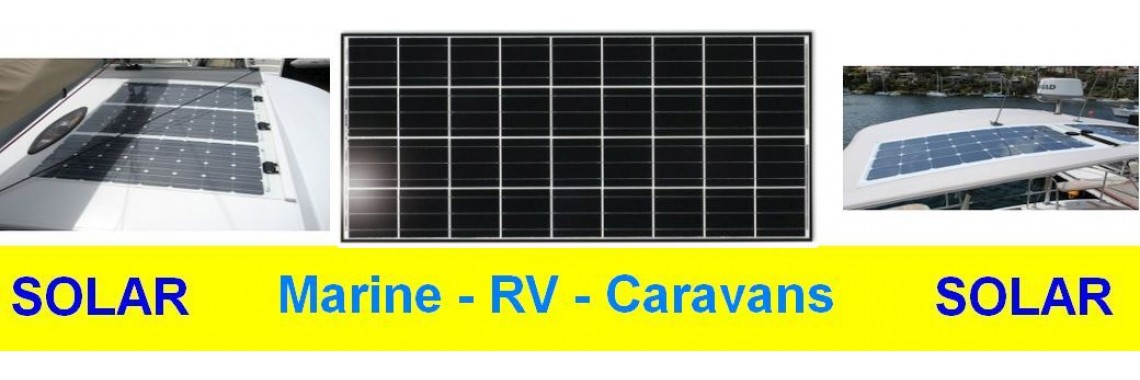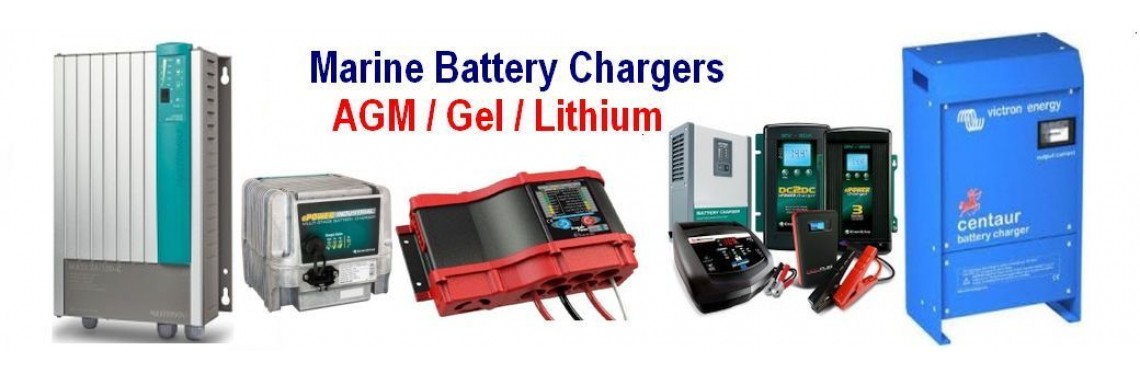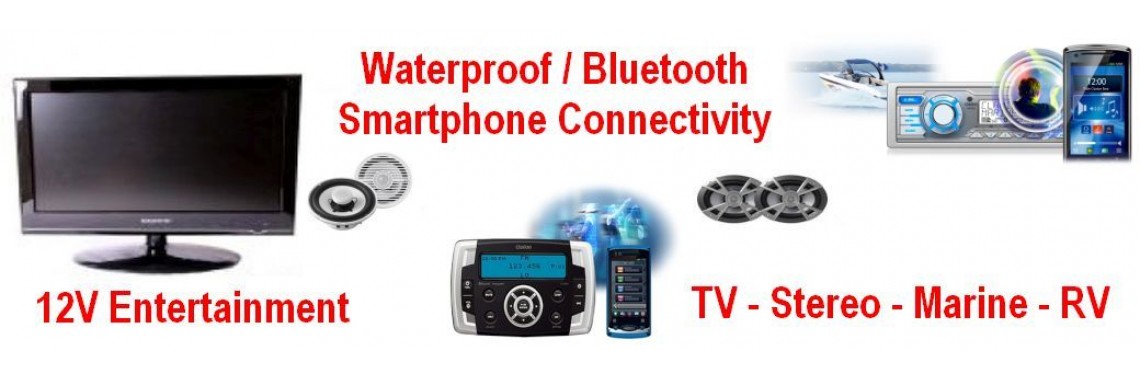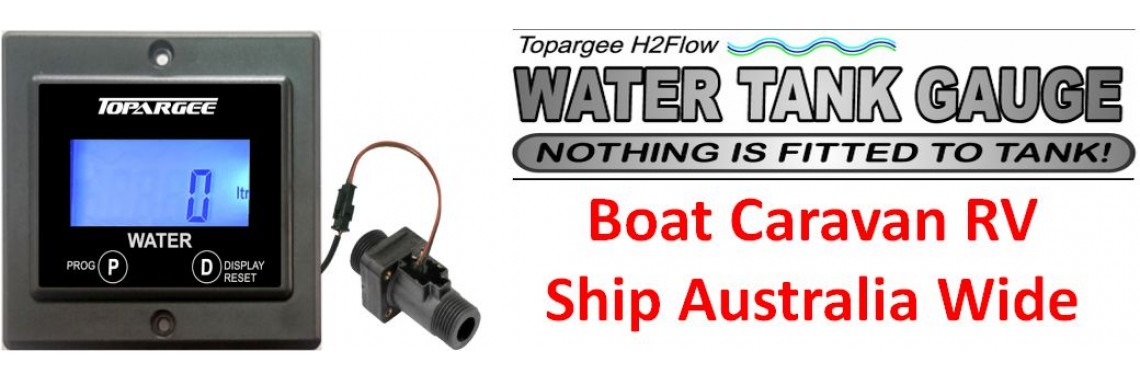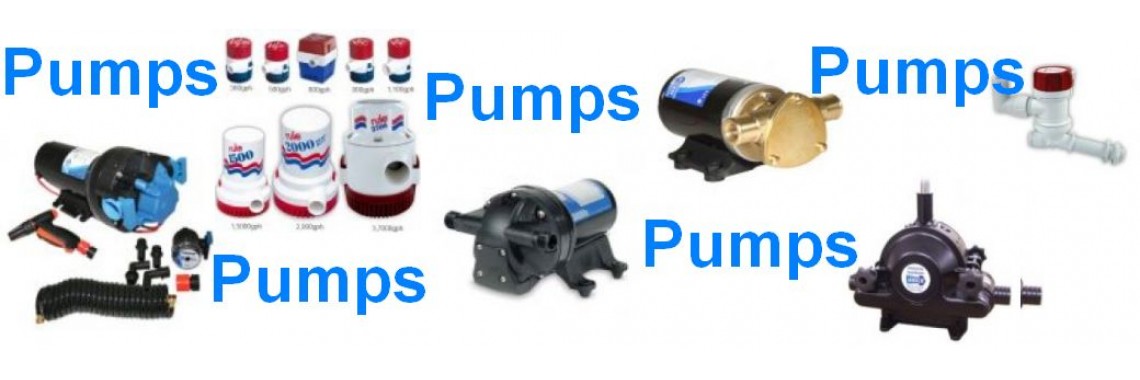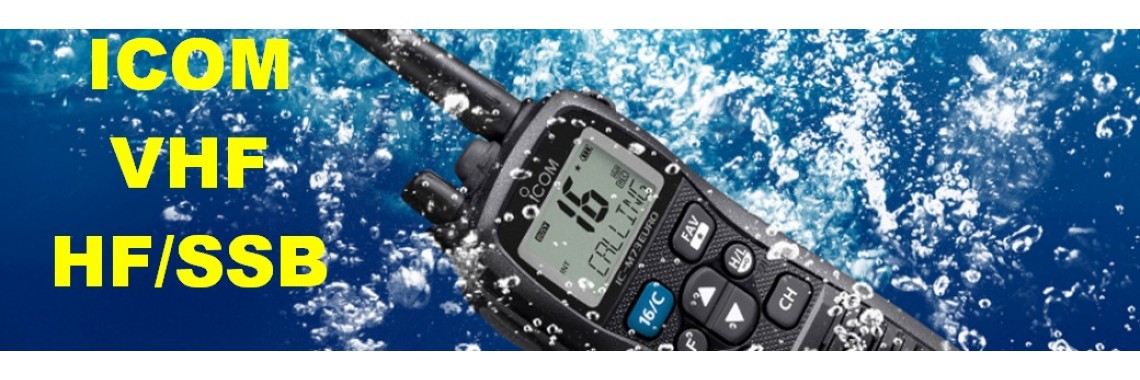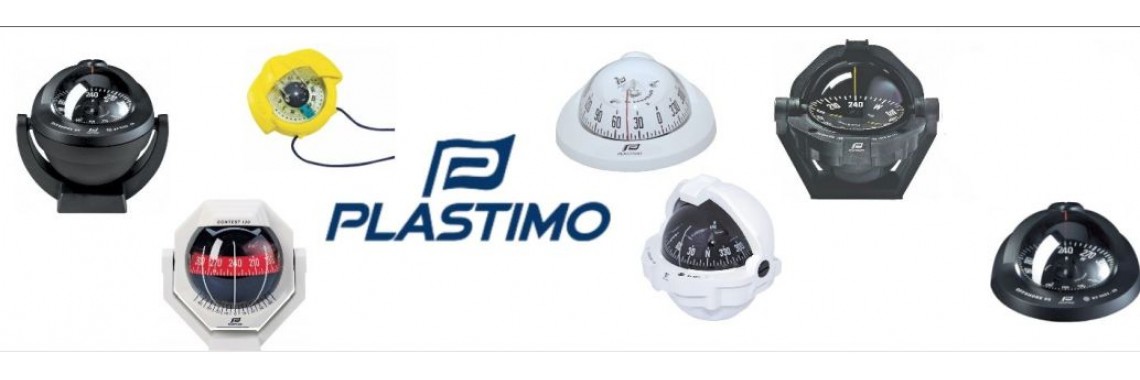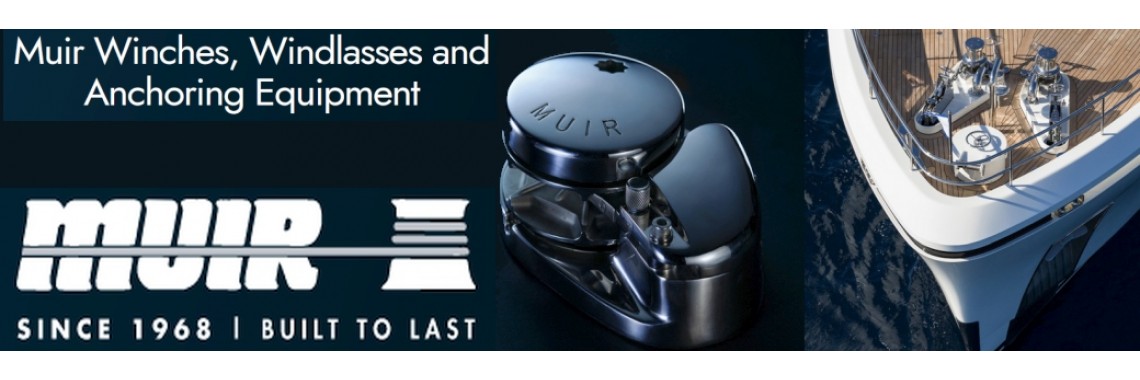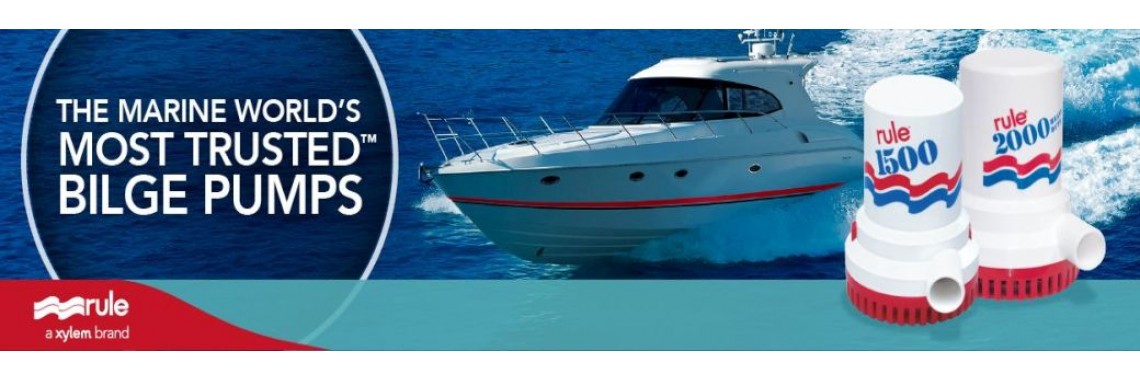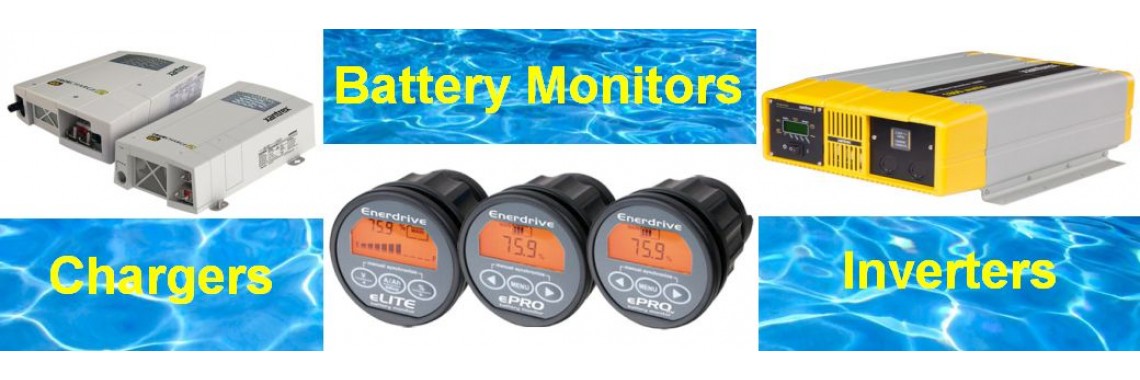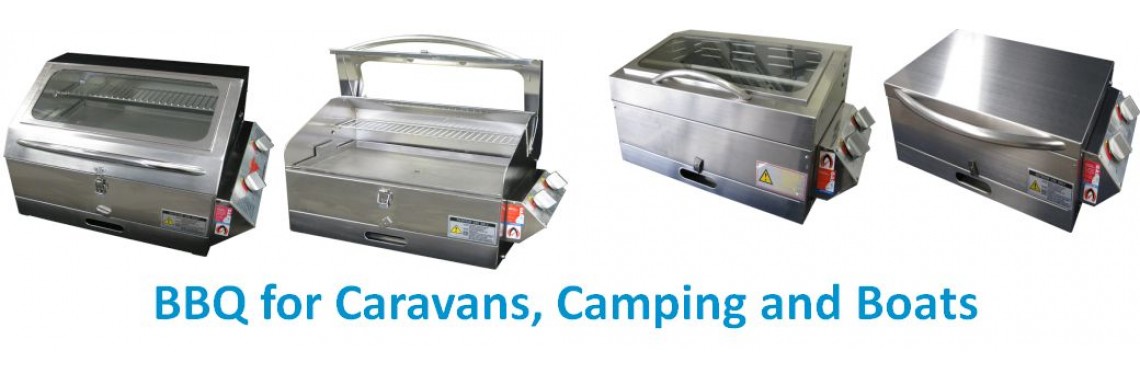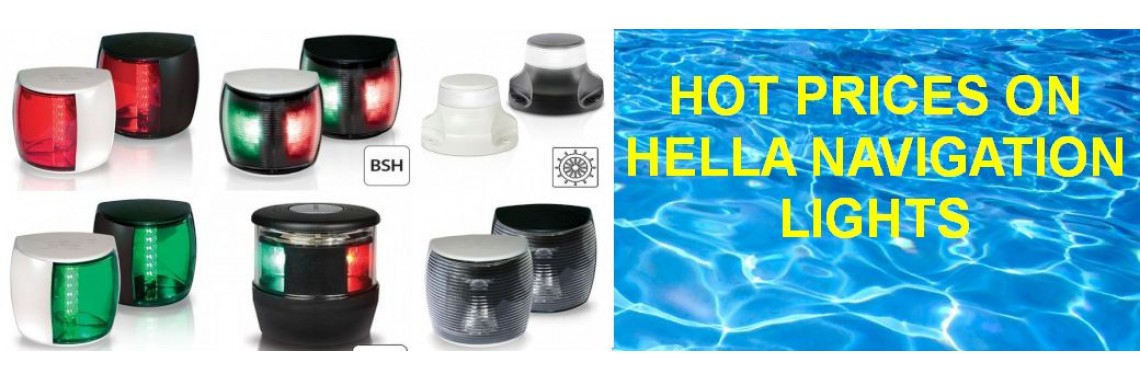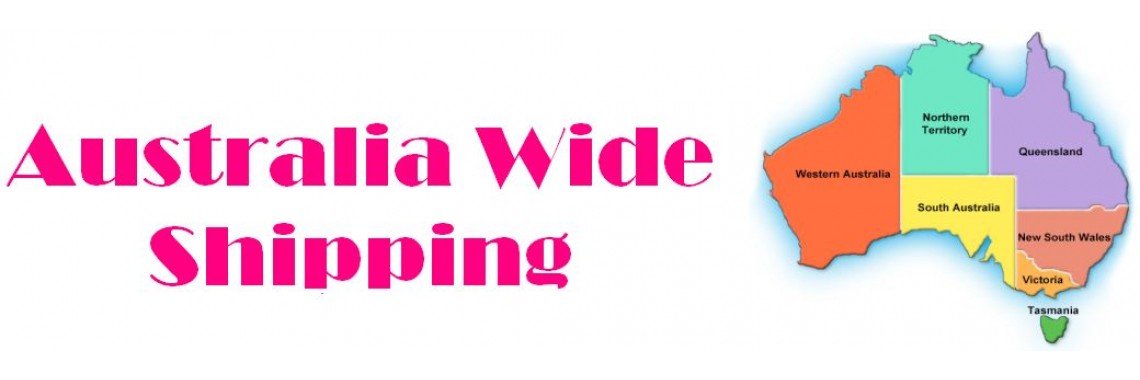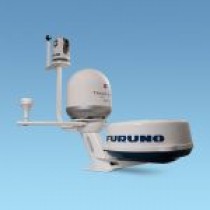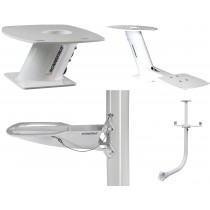MODULAR MOUNTING SYSTEMS
MODULAR MOUNTING SYSTEMS
Radar
Radar is an acronym meaning Radio Detection and Ranging. It is a device which not only measures the time it takes for a pulsed signal to be reflected back from an appropriate object, but also determines its bearing relative to your position. Once the time and bearing are measured, these targets or echoes are calculated and displayed on your radar display. This will give you a bird’s eye view of where other targets are relative to you, even when you cannot see them with your eyes due to low visibility.
What can radar do for me? With radar acting as your eyes, you have the ability to see objects (targets) such as landmasses, weather systems and other vessels to assist you in the navigation of your vessel.
There are many things to consider when buying radar. Here are a few:
Ø Boat Size - radars are available in various sizes and configurations. The most popular are Radomes and open array scanners. Radomes are the most popular configuration due to their compact size, lower power consumption and lower purchase price. Open array scanners are popular with larger vessels because of their increased performance due to the narrower beam angles, higher transmitting power and better target definitions.
Ø Transmitter Power Output -- a higher power output level increases the radar’s ability to receive signals reflecting off objects and show them as targets on your display. Higher-powered radar also has greater capacity to "punch through" fog and precipitation, allowing you to see objects around your vessel.
Ø Beam Angle - this specification is related to the length of your antenna. The longer the antenna is, the narrower the beam angle. This narrow beam angle increases the radars bearing resolution allowing you to discriminate easily between two objects that are close together. It also shows land mass contours and inlets with much greater resolution.
Can I navigate with radar? Fishing vessels and pleasure boats commonly use radar to help them navigate to their favourite fishing spots. When heading to a particular spot, the forces of wind and current combine to shift the vessel off its intended course. To determine your position and to counter vessel drift, use the VRM (Variable Range Marker) and the EBL (Electronic Bearing Line) to mark range and bearing to fixed targets.
The advantage is that satellites can be turned off at any time, this especially the case in times of war.
The advantage of a radar is that land does not move, a radar can give an image of a coastline which can be easily compared to a map and with a EBL a bearing has never been simpler!
There are no products to list in this category.
